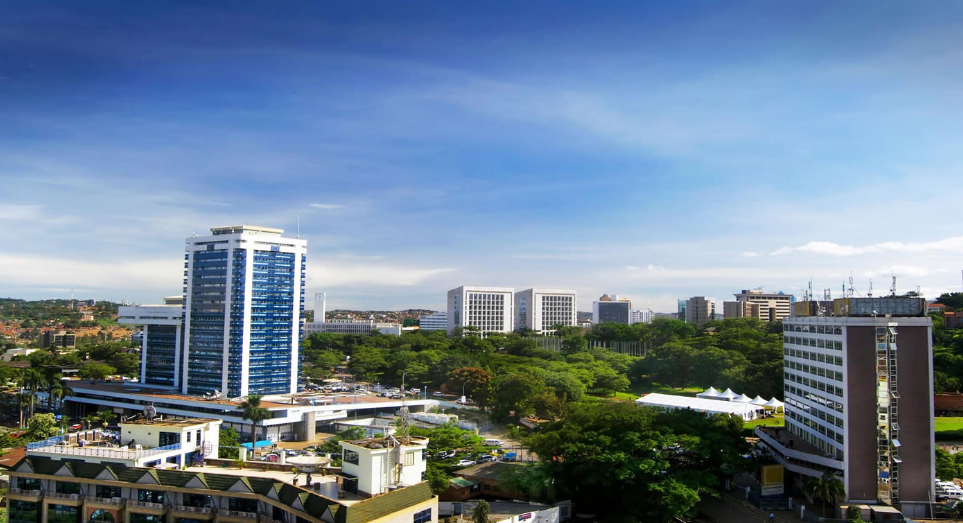
Kampala City Tour
Kampala City Tour: is the capital and largest city of Uganda the pearl of Africa. It is divided into five boroughs of Kampala Central Division, Kawempe, Makindye, Nakawa and Rubaga Division. Kampala acts as the main business center in the country with top Government offices located at its center. It is also referred to as the green city of the sun because of the green tress in the city. Initially the name Kampala derives from the Luganda expression ‘Kasozi Kampala’. Literally meaning Hill of Antelope, a reference to the domestic impala that settled on the lawns of Mengo during Mutesa’s reign.
Bahai Temple
Generally, the temple is built on Kikaaya hill near Gayaza road. It is basically a house of worship also called “Mashriq l”-Aldhkar which acts as a spiritual gathering place. However, it is open to all people in the world. Bahai teaches that heaven and hell are not places but states of being defined by the presence or absence of the spirituality. Besides, it is a great place for family visits, picnics, and enjoy the environment with beautiful trees. In addition, if is good for relaxation, bird watching, nature walks in the gardens among others.
Kabaka’s Lake
This is the largest artificial lake in Uganda dug out by the 52 clans of Buganda between 1885 and 1888. This lake was planned by Kabaka Mwanga II as an escape channel leading to Lake Victoria because there was a conflict with the British. Unfortunately, the construction stopped on 2nd August 1888 as religious wars had broken out in the kingdom. As a result, this beautiful lake is now a tourist attraction.
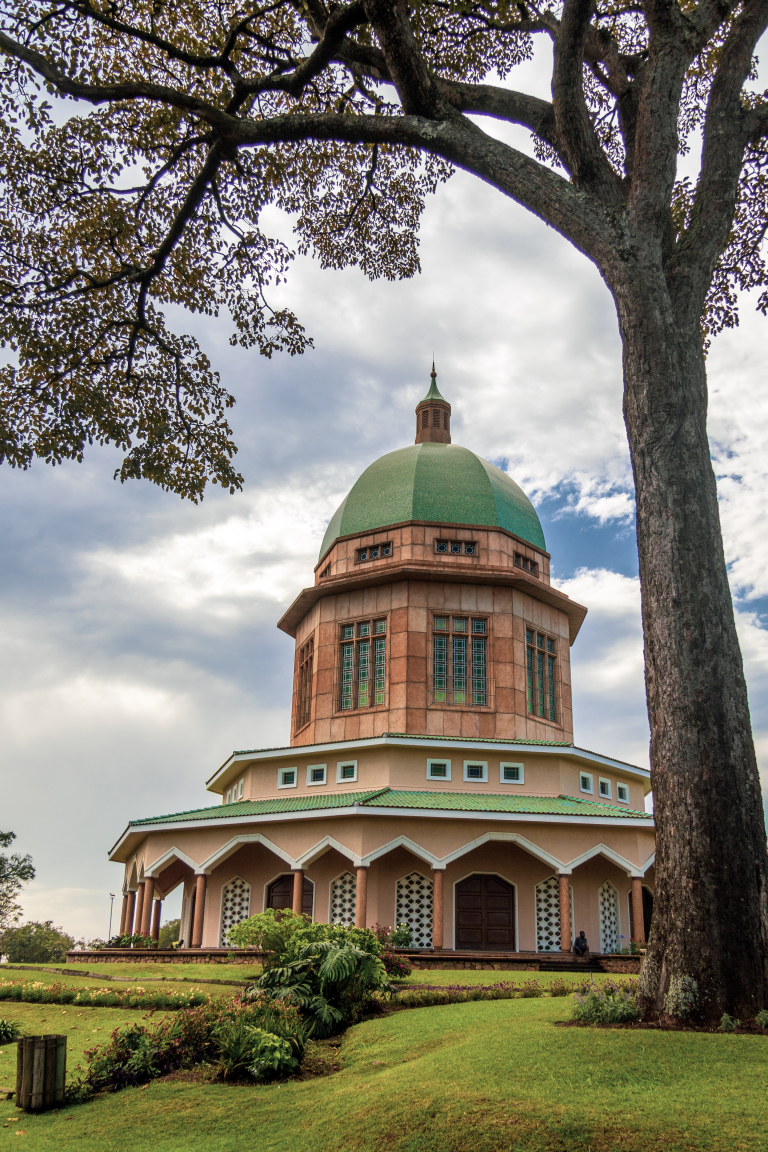
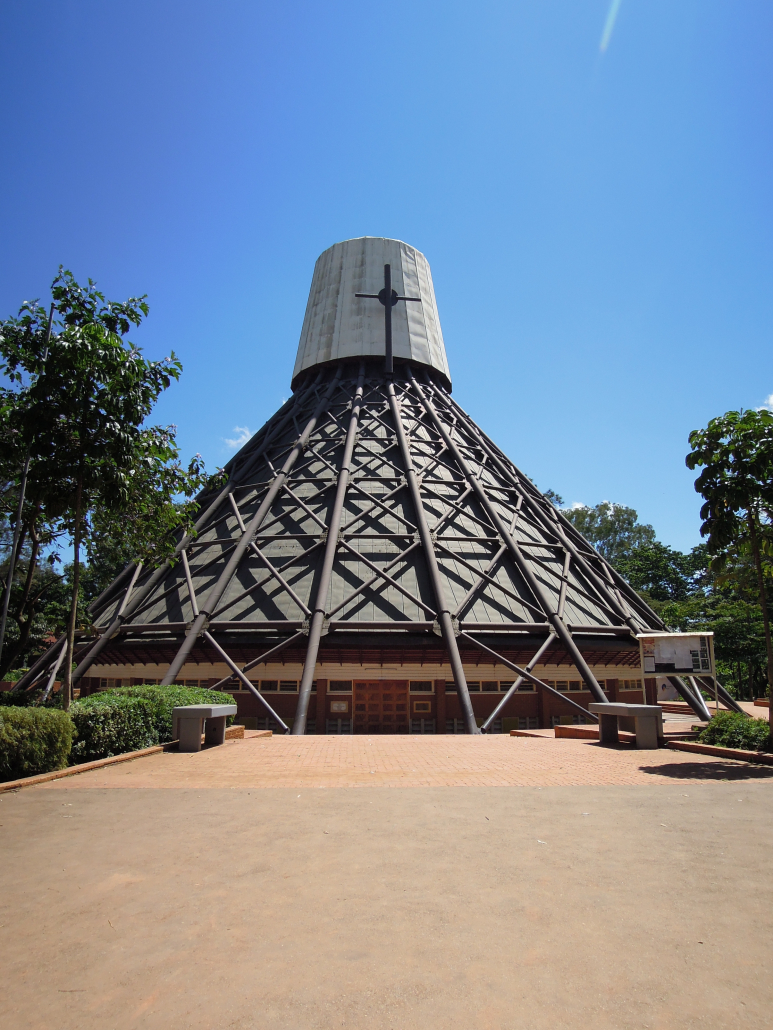
The Uganda Martyrs shrine
Generally, the shrine is remembered today for the massacre that took place on 3rd June 1886. Anglican and Catholic young men were burned to death on the orders of Kabaka Mwanga II for their refusal to renounce Christianity. The shrine derives its inspiration from the African hut which is eye catching to various travelers. As a matter of fact, it has the capacity to accommodate over 1000 people. The Uganda martyrs were killed from different places of Uganda. However, where Charles Lwanga and his colleagues were killed was chosen as an area where the Martyrs should be celebrated “Namugongo”.
At the shrine, there is a molded sculpture of Charles Lwanga and his friends being burnt. Here, many catholic believers gather to pray and seek for knowledge. Interestingly, if you get a chance to walk at night, you might think that these are real human beings. There is also a small lake in the area which is believed to have waters with healing powers. While here, believers can’t go without taking this water because it’s believed to be with blessings in it.
Kasubi Tombs
The Kasubi tombs are an important burial site for the Kabakas of Buganda and the royal family. However, prince and princesses who are their direct descendants are buried at the bank of the main shrine. Therefore, the tombs remain an important historical, spiritual and cultural site for the Baganda. It is as well an important example to the traditional architecture. The most known and popular buildings were destroyed by fire in 2010 although the cause of the fire is still under investigations. The walls at the main tomb are decorated with several mats and bark cloth where visitors are able to sit. Besides, photos of all the kings and stuffed leopard skin are seen by visitors to the main building.
The Kasubi tombs are being taken care of by the descendants of the King’s wives and some parts of these tombs are not accessible to everyone. While here, you can view the large hut holding the tombs, hunting tools, royal clothing and other monuments of the past kings. Nevertheless, the royal guides will be at your service to share with you more information about the kings.
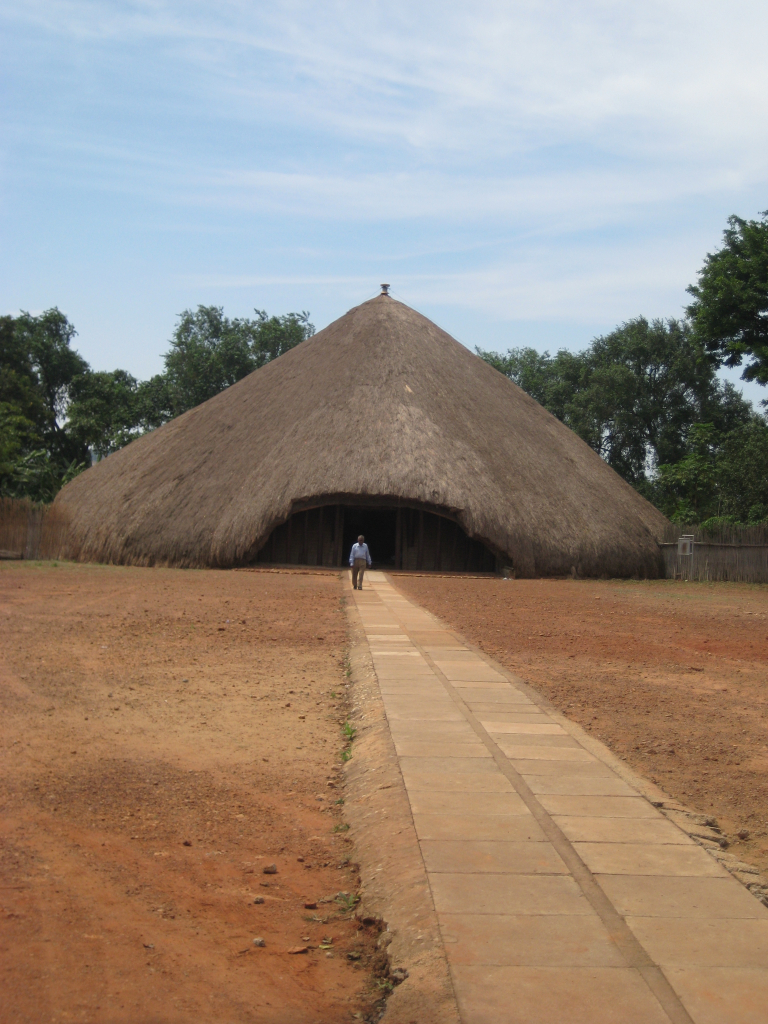
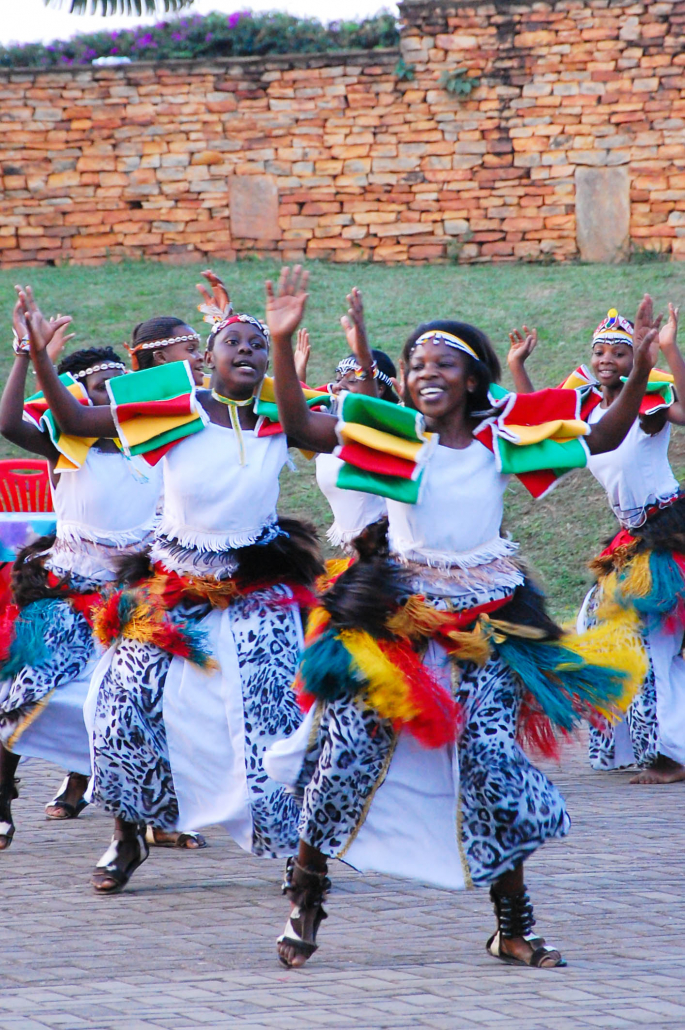
Cathedrals in Uganda
Uganda has got two cathedrals; the Namirembe cathedral and the Rubaga cathedral. However, Namirembe cathedral is the oldest cathedral in Uganda located in Lubaga division on Namirembe hill. Generally, the hill has been the main Anglican place of worship in Buganda since 1890. Rubaga cathedral also referred to as Saint Mary’s Cathedral Kampala is the oldest Roman Catholic Diocese in Uganda.
Ndere Troupe
This troupe was founded in 1986 by Rawangyezi Stephen and the word “endere” means ‘flute’. It was basically chosen as it produced beautiful and irresistible music. Thus, Ndere Troupe therefore means Flute Troupe symbolizing universal unity. Furthermore, the troupe prides itself on emphasizing commonalities and celebrating the rich differences. In summary, you can tryout the centre to encounter African cultural dances that you will live to remember.
The Uganda National Mosque (Gadaffi Mosque)
This is a massive and gigantic mosque located on Kampala hill in the old Kampala area of Kampala. It was commissioned as a gift to Uganda from Colonel Muammar Gadhafi of Libya. The mosque was renamed “Uganda National Mosque” in 2013 following the death of Colonel Gadhafi. The mosque has two parts; the ground floor that is ever open and the first floor which is only open for special occasions. Besides, you can also get a chance to visit it while on a Kampala city tour. However, when visiting, ladies are provided with a shawl to whereas men are provided with kanzus if their shorts are deemed too short.
Uganda Museum
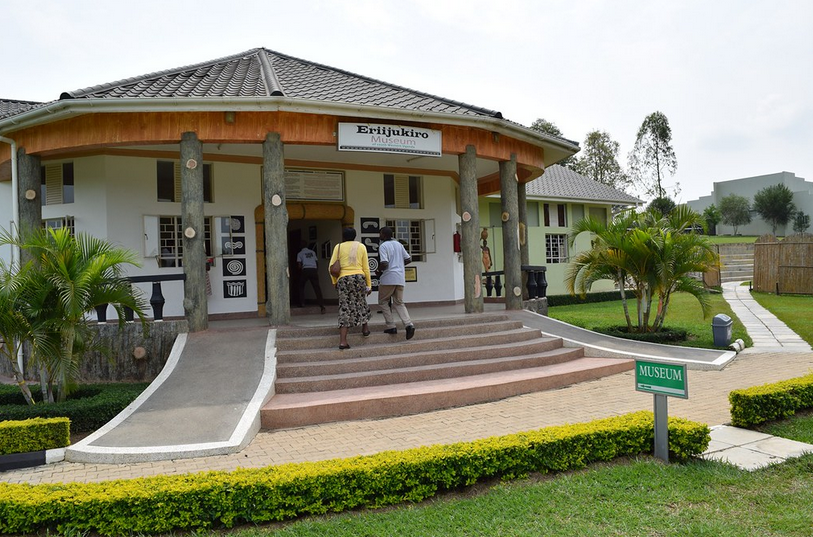
The Uganda Museum was founded in 1908, after Governor George Wilson called for “all articles of interest” on Uganda to be procured. It is based in Kampala and has exhibits of ethnological, natural-historical and traditional life collections of Uganda’s cultural heritage such as playable music instruments, hunting equipment, weaponry, archaeology and entomology. The museum is visited throughout the year; however, it usually receives a high number of visitors, including foreign tourists, during the December Christmas festival season.
Kampala Hills
Kampala city sits on seven hills namely;
- Old Kampala Hill, on which Fort Lugard was located, the first seat of the British colonial authorities in colonial Uganda.
- Mengo Hill, which was then Kibuga (capital) of Buganda kingdom at the start of British colonial rule.
- Lubaga Hill, that was home to the White Fathers Catholic faction of the above-mentioned Buganda religious wars and also site of the Rubaga Catholic
- Kibuli Hill, that is home to the Kibuli Mosque
- Namirembe Hill, that was home to the Anglican faction of the Buganda religious wars of 1888 to 1892 and site of Namirembe Anglican Cathedral
- Nsambya Hill, site of the former Cathedral of St Peter’s Nsambya and allocated to the British Catholic Mill Hill during the signing of the Uganda Agreement (1900).
- Nakasero Hill, whose summit was Fort Nakasero, a British military installation built after relocating from Fort Lugard in Old Kampala. It was also the site of the European Hospital (the current government analytical laboratory opposite ministry of public service headquarters).
The climate of Kampala
It experiences a tropical type of climate which is characterized by almost the same weather conditions. The heavy rainfall in Kampala capital city is experienced in the months of March, April, May and November while the dry season in Kampala is experienced from January through February and July.
Where to stay in Kampala
Kampala Serena
- Imperial Royale Hotel
- Kampala Serena
- Kampala Sheraton Hotel
Moderate
- Hotel Africana
- Speke Hotel
- Hotel Triangle
- Urban by City Blue
Budget
- Makerere University Guesthouse
- Hotel Ruch
- Pacific Hotel
Contact Information
Email: info@entebbeairporttaxiservices.com
reservations@entebbeairporttaxiservices.com
Tell: +256783289987
+256772699342
Fill in the form below to get to Us







